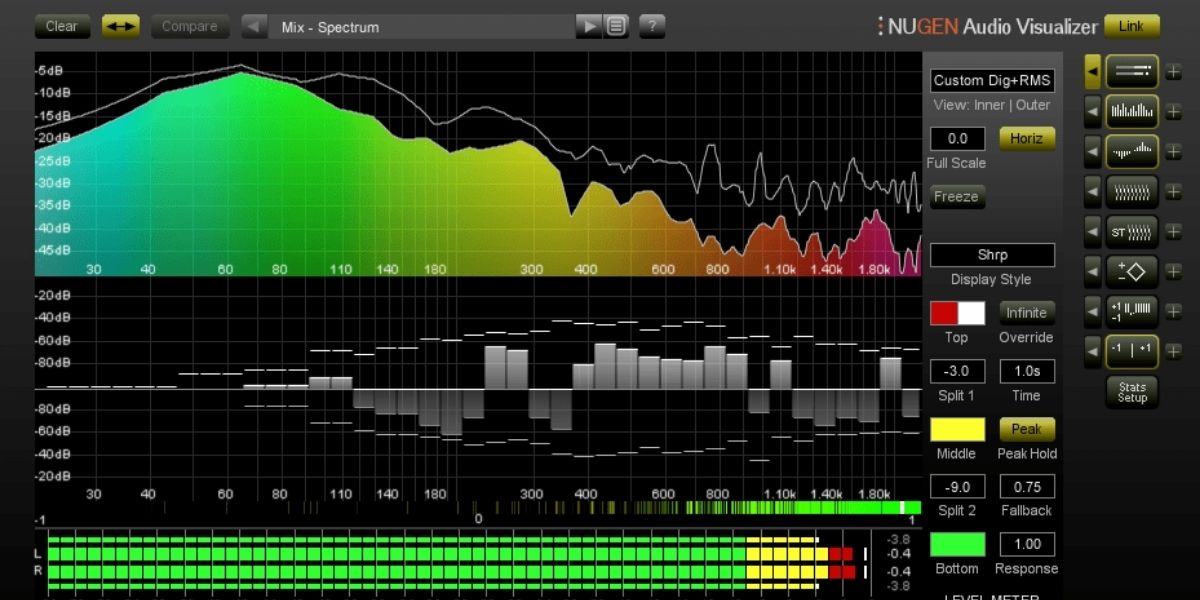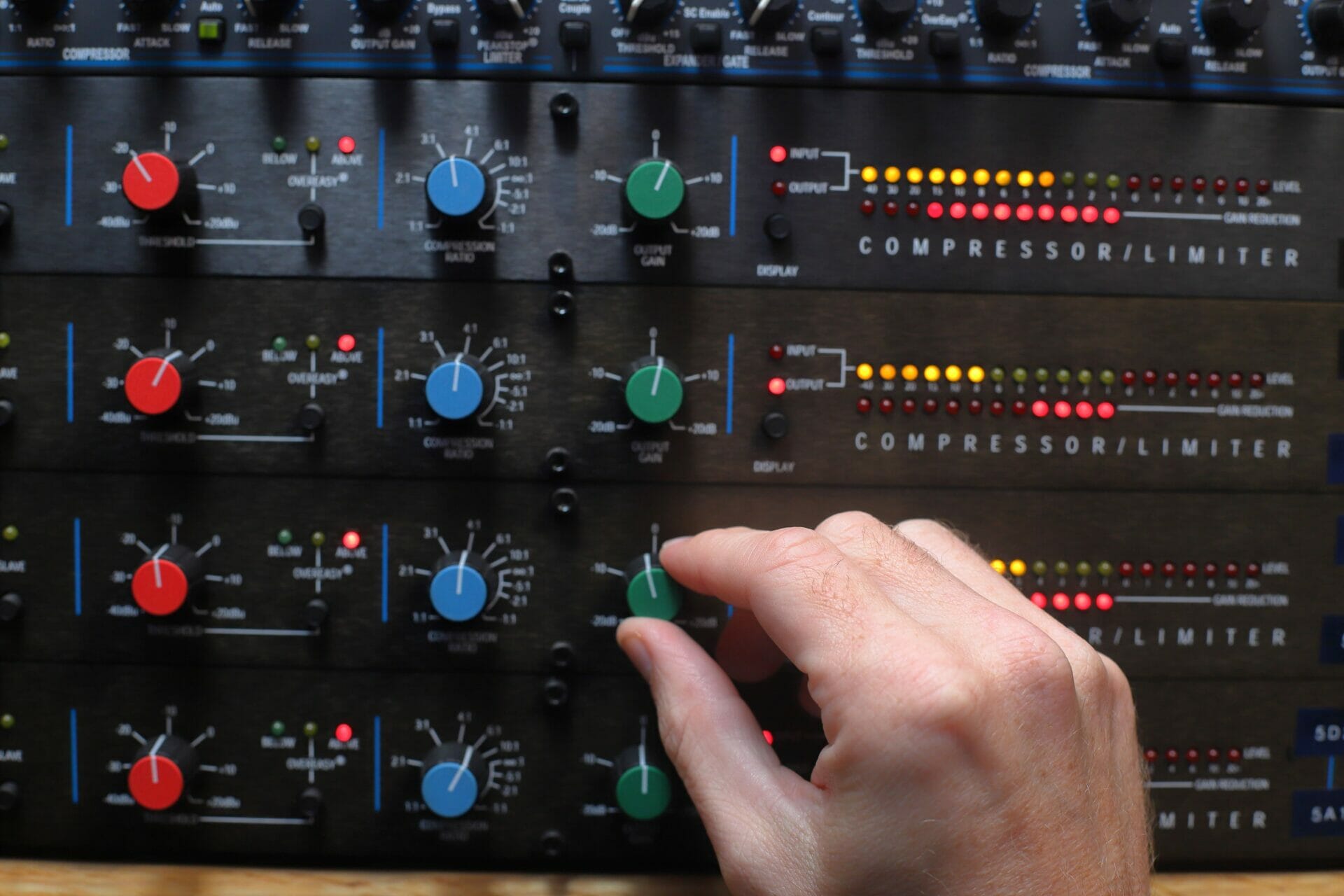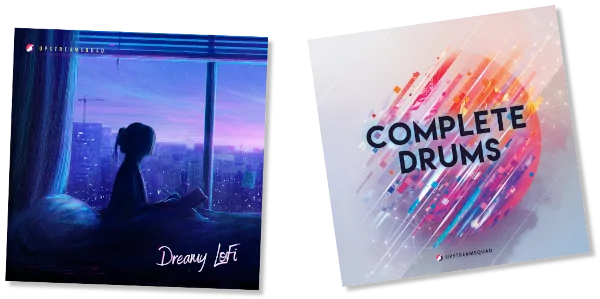Sub-Bass frequencies are a unique part of a mix that is felt more than it is heard. That’s why they are so important. They are the element that creates the power that listeners feel when they hear a song.
You could argue that there is almost no wrong way to utilize sub-bass. Some genres favor sub-bass in front of a mix, while other genres prefer to use it in a more “supporting” role.
While you can use sub-bass to achieve many different effects, knowing how to treat these frequencies in your mix correctly can help you to achieve speaker rumbling bass tracks and perfectly complementary low-end around the other instruments.
What Is Sub-Bass?
Sub-bass frequencies, or “subs,” are among the lowest frequencies in any mix. These frequencies begin somewhere around 60 Hz and stretch down below the level that humans can hear (around 20 Hz).
The lower you go, the harder these frequencies become to hear, the more likely you are to feel it. Imagine the feeling you get when you’re outside of a loud venue, how you can feel the thumping music right in your chest. That’s precisely what we mean when we talk about sub-bass frequencies.
To give you some reference, the low-E string comes in around 41 Hz on the bass guitar. The low-A note on a piano (its lowest note) falls somewhere around 27.5 Hz. As we mentioned previously, 20 Hz is the lowest audible frequency for human hearing. Anything below this is considered to be an infrasound frequency.
When working in a studio, you will need either subwoofers or a high-quality pair of headphones to hear sub-bass frequencies.
How To Mix Sub Bass With Your Kick
Mixing music is like piecing together a puzzle; the goal is to fit all of the various elements together to create a singular image. So, mixing sub-bass and kick is predominantly about figuring out how they can fit together.
The kick drum contains some sub-bass frequencies, but that isn’t its primary frequency content. When you have a dedicated sub-bass instrument, it’s a good idea to let it occupy the sub territory on its own. The easiest way to do that is by filtering out the sub-content on the kick drum, creating space for the sub-bass instrument to live.
Likewise, sub-frequency instruments can have content that extends into the lows, low mids, and sometimes even the midrange. If this happens, you end up with this massive sound that takes up a ton of room in the mix. Again, a quick solution is to filter out the higher content on the sub-bass instrument to make room for low-mid and midrange dominant instruments.
Typically, mixers will let the sub-bass fill out their mix’s bottom end, providing all the heft that’s felt more than heard. Then, the kick drum’s job is not to fill out the sub-zone, but instead, give a more audible punch in the lows and low mids
How to EQ Sub Bass
Though a good pair of woofers is preferable, it’s okay if you don’t have them in your home studio. It’s not always 100% necessary for you to hear everything going on in the extreme low end of your mix. Generally speaking, most decent pairs of mixing headphones have enough frequency to hear some subs, which is usually enough. Many of the most popular home studio monitors will get you in the range of around 40 Hz.

Aside from hearing the sub-bass frequencies, spectrum analyzers allow you to see what’s happening in the sub-regions visually. Spectrum analyzers are especially handy when you don’t have subwoofers to work with.
Most DAW’s come with their own version of a spectrum analyzer, and they can be added as plugins as well. By throwing the analyzer on your sub-bass heavy tracks, you will be able to see a lot of what you cannot easily hear.
A crucial part of mixing sub-bass is knowing how to shape the sounds around it. This may involve boosting or cutting frequencies, but there’s usually more to it than that. A clever way to highlight sub-elements while leaving space in the mix is the Pultec EQ Trick.
The Pultec EQP-1A (as well as many other pultec EQ emulations) has a detailed low-frequency section that allows you to use separate gain knobs to boost and attenuate individual frequencies. What’s great about that is the boost and cut functions have similar but different curves and gain levels. In short, this means that while you are boosting the lower bass frequencies, you can also be carving out a nice little notch of space in the mix, centered around the corner frequency.
This ultimately results in a curve that still leaves space for other instruments to fill in the upper-bass range.
High Pass Filtering
High-pass filtering is one of the most effective tools you have at your disposal. It allows you to clean up muddy-sounding instruments, which opens up room in the mix.
To make your sub-bass frequencies really pop, you need to first carve out some space for it. That will involve removing (high-passing) any unnecessary low-end on the other instruments in a mix. This includes vocals, guitars, keyboards/synths, even kick drum and bass guitar.
Most of the time, if you’re spending any time mixing sub-bass, it’s because there is an instrument intentionally creating that sound. Removing extra sub-frequencies from non-sub instruments is just what’s needed to create the space to highlight the desired frequencies.
While, in theory, it sounds simple, it takes a lot of practice to implement effectively. The lower the frequency, the more subtle the changes become. The ability to EQ bass guitar sub-bass to sound perfect, for example, is a fine art that takes time and listening to master.
Low Pass Filtering
Using a low pass filter on sub-bass instruments is also helpful in making sure all of the frequencies are in their intended “space.” Occasionally you will have sub-instruments that get stretched out into higher frequency ranges for some reason. You’ll see this often with instruments like synth bass or the Roland TR-808 Rhythm Composer.
While this may be intentional, you are usually just stepping on the toes of the instruments and frequencies intended to occupy the mid-space. Just as high-passing tracks clean up any unintended low frequencies, low-passing helps ensure that they stay within their intended range.
Conclusion
Sub-bass frequencies are a fascinating element of any mix that can ensure listeners really “feel” the rise and fall of the song. By spending a little time making sure that your sub-bass frequencies have the appropriate space and reach, you can add a lot of power to the mix. How you can put this into action depends on the genre of music you play, the instruments you use, and the overall effect you are trying to achieve.





